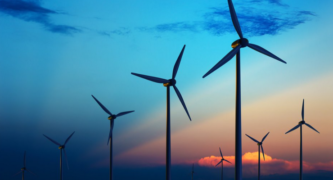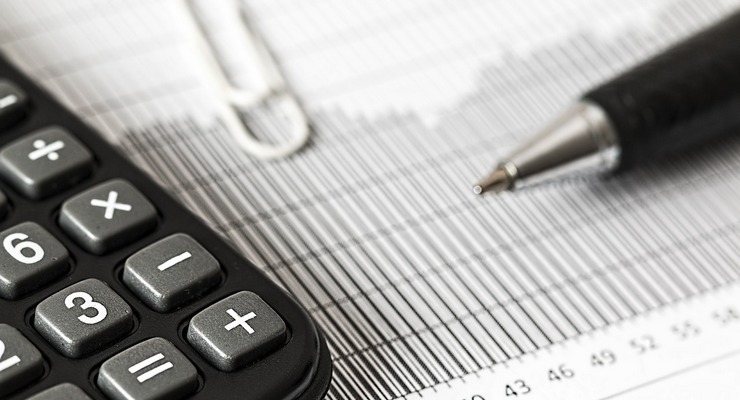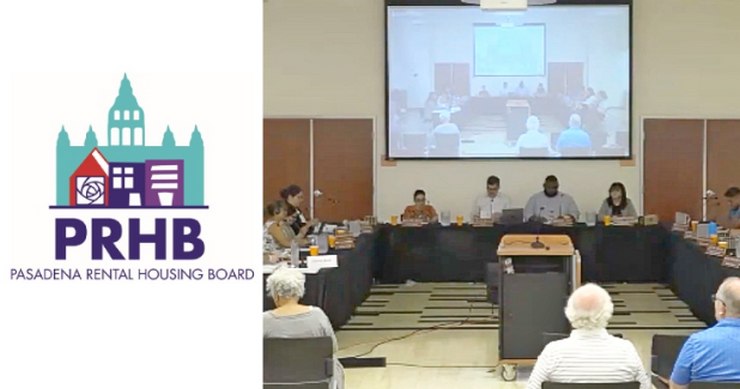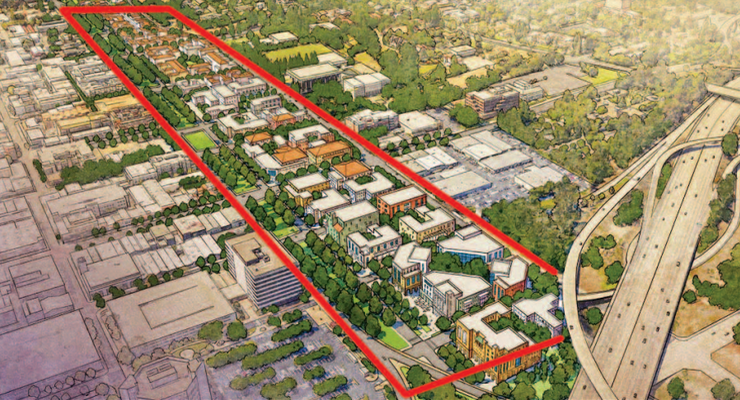Humans have used windmills to capture the force of the wind as mechanical energy for more than 1,300 years. Unlike early windmills, however, modern wind turbines use generators and other components to convert energy from the spinning blades into a smooth flow of AC electricity.
In the video below, Resnick Sustainability Institute researcher John Dabiri discusses the future of wind energy technology.
How much of global electricity demand is met by wind energy?
Wind energy is a small but fast-growing fraction of electricity production. It accounts for 5 percent of global electricity production and 7 percent of the U.S. electricity supply.
Globally, wind energy capacity surpasses 651 gigawatts, which is more than is available from grid-connected solar energy and about half as much as hydropower can provide. Nearly three-quarters of that 651 gigawatts comes from wind farms in five countries: China, the U.S., Germany, India, and Spain. Wind energy capacity in the Americas has tripled over the past decade.
In the U.S., wind is now a dominant renewable energy source, with enough wind turbines to generate more than 100 million watts, or megawatts, of electricity, equivalent to the consumption of about 29 million average homes.
The cost of wind energy has plummeted over the past decade. In the U.S., it is cost-competitive with natural gas and solar power.
Wind energy and solar energy complement each other, because wind is often strongest after the sun has heated the ground for a time. Warm air rises from the most heated areas, leaving a void where other air can rush in, which produces horizontal wind currents. We can draw on solar energy during the earlier parts of the day and turn to wind energy in the evening and night. Wind energy has added value in areas that are too cloudy or dark for strong solar energy production, especially at higher latitudes.
How big are wind turbines and how much electricity can they generate?
Typical utility-scale land-based wind turbines are about 250 feet tall and have an average capacity of 2.55 megawatts, each producing enough electricity for hundreds of homes. While land-based wind farms may be remote, most are easy to access and connect to existing power grids.
Smaller turbines, often used in distributed systems that generate power for local use rather than for sale, average about 100 feet tall and produce between 5 and 100 kilowatts.
One type of offshore wind turbine currently in development stands 853 feet tall, four-fifths the height of the Eiffel Tower, and can produce 13 megawatts of power. Adjusted for variations in wind, that is enough to consistently power thousands of homes. While tall offshore turbines lack some of the advantages of land-based wind farms, use of them is burgeoning because they can capture the energy of powerful, reliable winds high in the air near coastlines, where most of the largest cities in the world are located.
What are some potential future wind technologies other than turbines?
Engineers are in the early stages of creating airborne wind turbines, in which the components are either floated by a gas like helium or use their own aerodynamics to stay high in the air, where wind is stronger. These systems are being considered for offshore use, where it is expensive and difficult to install conventional wind turbines on tall towers.
Trees, which can withstand gale forces and yet move in response to breezes from any direction, also are inspiring new ideas for wind energy technology. Engineers speculate about making artificial wind-harvesting trees. That would require new materials and devices that could convert energy from a tree’s complex movements into the steady rotation that traditional generators need. The prize is wind energy harvested closer to the ground with smaller, less obtrusive technologies and in places with complex airflows, such as cities.
What are the challenges of using wind energy?
Extreme winds challenge turbine designers. Engineers have to create systems that will start generating energy at relatively low wind speeds and also can survive extremely strong winds. A strong gale contains 1,000 times more power than a light breeze, and engineers don’t yet know how to design electrical generators or turbine blades that can efficiently capture such a broad range of input wind power. To be safe, turbines may be overbuilt to withstand winds they will not experience at many sites, driving up costs and material use. One potential solution is the use of long-term weather forecasting and AI to better predict the wind resources at individual locations and inform designs for turbines that suit those sites.
Climate change will bring more incidents of unusual weather, including potential changes in wind patterns. Wind farms may help mitigate some of the harmful effects of climate change. For example, turbines in cold regions are routinely winterized to keep working in icy weather when other systems may fail, and studies have demonstrated that offshore wind farms may reduce the damage caused by hurricanes. A more challenging situation will arise if wind patterns shift significantly. The financing for wind energy projects depends critically on the ability to predict wind resources at specific sites decades into the future. One potential way to mitigate unexpected, climate-change-related losses or gains of wind is to flexibly add and remove groups of smaller turbines, such as vertical-axis wind turbines, within existing large-scale wind farms.
Wind farms do have environmental impacts. The most well-known is harm to wildlife, including birds and bats. Studies are informing wind farm siting and management practices that minimize harm to wildlife, and Audubon, a bird conservation group, now supports well-planned wind farms. The construction and maintenance of wind farms involves energy-intensive activities such as trucking, road-building, concrete production, and steel construction. Also, while towers can be recycled, turbine blades are not easily recyclable. In hopes of developing low-to-zero-waste wind farms, scientists aim to design new reuse and disposal strategies, and recyclable plastic turbine blades. Studies show that wind energy’s carbon footprint is quickly offset by the electricity it generates and is among the lowest of any energy source.














 2 comments
2 comments


